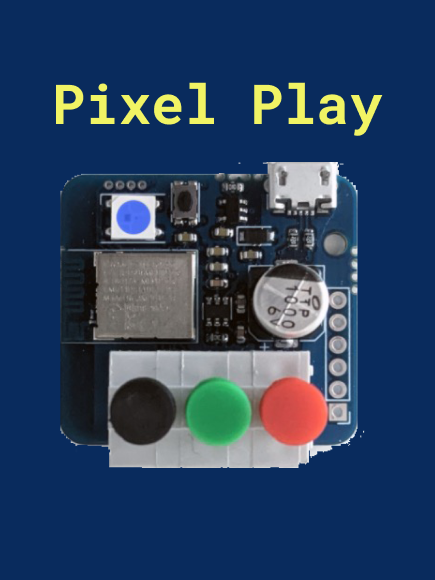CB2 is a furniture retailer whose sister site is Crate and Barrel. As part of a case study, I tested the usability of the CB2 desktop webpage with 3 different research goals in mind. 1. Ensure that users can readily find home furnishings for their living room (e.g., lamp, chair, rug). 2. Confirm that users understand information about these items to make the best selection for their needs. 3. Make sure that users can confidently begin the purchase process (i.e., add their selection to cart) .
Project time frame: 1 week
Tools used: Usability Testing, Heuristic Analysis, Qualitative Analysis, Zoom
Overview
For this case study, I was in charge of: designing and planning the usability test, identifying the recruiting parameters, developing a moderator guide, conducting the usability test, and creating a report with key findings and recommendations.
Recruiting Parameters
User Groups: Current CB2 customers, Potential customers (want some tech savvy and some non tech savvy in both groups)
Number of Participants: 5-6 per user group, 10-12 total
Age: Late 20’s to Late 60’s
Gender: 50% Female, 50% Male
Income: > $50,000
Participants should have experience buying furniture
Usability Test
To design my usability test, I started by conducting a brief heuristic analysis of the website with the research goals in mind. I noticed there were some limitations to the filtering and sorting functions that would limit what the user could find when searching for a particular product. Some examples of this are: there is no way to know how many lightbulbs are in a lamp without clicking on each product page, ratings are not displayed on the main page, and there is no sort by rating option available.
As one of the research goals was to see whether or not users could readily find information about the product they're looking for, I decided to incorporate these findings into my usability test scenarios.
Scenarios
Scenario 1:
Pretend you’re moving to a new place and need living room furniture. Your mom gifts you a $5000 gift certificate to CB2. The first thing you want to buy is a leather couch that is less than 90 inches wide. Go to https://www.cb2.com and purchase a leather couch that is less than 90 inches wide, you can stop once the website prompts you to input credit card or shipping information.
• This scenario addresses the first and third research goals, by testing if the user can easily find living room furniture, and then use filters to find specific qualities of items. Finally, the user is asked to complete the purchase.
Scenario 2:
The next thing you want for your living room is a floor lamp that accommodates at least two light bulbs. Go back to the website and purchase the lamp, you can stop once the website prompts you to input credit card or shipping information.
• This scenario addresses the second and third research goals, asking users to find a lamp that accommodates at least two light bulbs, a very specific feature and then complete their purchase.
Scenario 3:
After picking out a lamp and a couch, you realize you have some money left over, and want to buy a coffee table. You decide you want to pick out a wooden coffee table that is under $1000 and has at least 3 5-Star reviews. Purchase the coffee table you need, you can stop once the website prompts you to input credit card or shipping information.
• This scenario addresses the second and third research goals as well, but testing a different detail of the site, the ratings.
Moderator Guide
Moderator Guide Including: Script, Questions, Scenarios, and Data Logging
Key Insights
- User did not feel welcomed when they arrived at the site.
- User had a well developed filtering technique that wasn’t completely supported by the current filters. Without robust filtering the user feels overwhelmed by the amount of choices they have.
- User felt less confident in making a purchase because they couldn’t easily view product ratings. Product ratings provide users with social proof that the product is good.
- User was frustrated by several aspects of the website that did not work how they were supposed to.



Recommendations
Short Term:
Change exit message on 15% pop-up to something more positive. Ex: ‘Maybe later’. If customers are offended on arrival at your website, they may be turned off from continuing to look around.
Include ratings on main page (show number of stars on each item). One research study showed that 79% of customers put as much weight on online reviews as they would on personal recommendations. Displaying reviews on your main page will give users more confidence in your website, users will be more likely to trust you.
Add a sorting feature for ratings, e.g. Highest to lowest rated, Top-Rated. This will make users more confident in their furniture search and allow them to spend less time searching before checking out.
Show the total number of results a user will get if they apply filters. The user in this study wanted to know that the filters she applied were making a difference and that she would get a reasonable number of results after applying filters.
Long Term:
Check site for bugs, e.g. filters that shift around after you click on them. Users can become frustrated if features don't work the way they are supposed to, causing them to give up and leave the site.
Consider adding more filters for specific items, e.g. number of bulbs in a lamp. This will reduce search fatigue.
Improve algorithm for search results, currently, the search function is not showing all possible results. If users aren't seeing all possible options for their search results, they may end up leaving the website because they didn't find what they needed.
Source: https://www.dixa.com/blog/3-important-statistics-that-show-how-reviews-influence-consumers/


